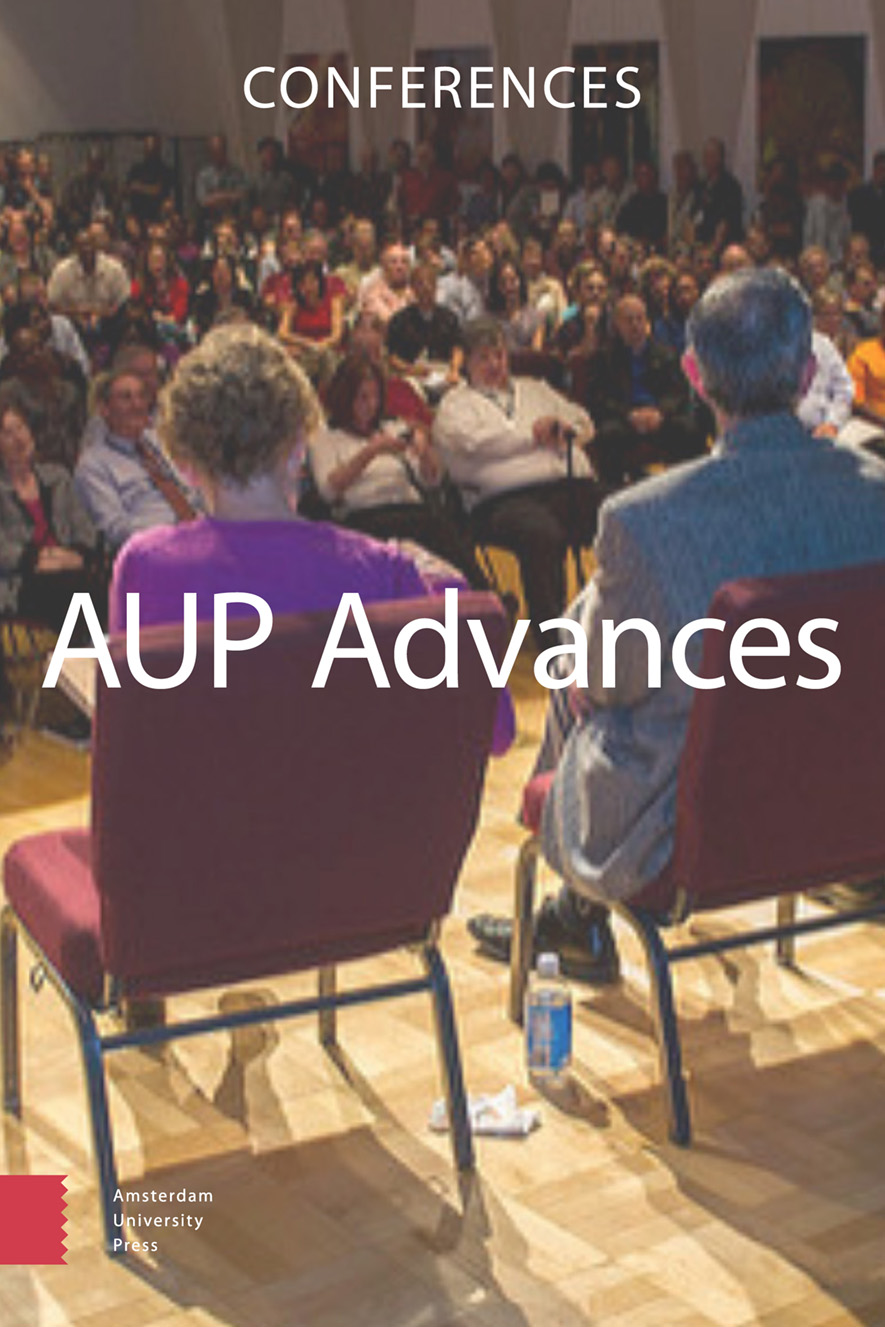-
oa The Safety Risk Event Avoidance Capability (SAREAC) Indicator
- Amsterdam University Press
- Source: AUP Advances, Volume 1, Issue 1, May 2018, p. 75 - 87
-
- 01 May 2018
Abstract
Current practice regarding risk assessment contemplates the severity and likelihood of risks and employs the use of matrices where these factors are classified and cross-referenced to evaluate risk levels. Depending on the adequacy and reliability of data, the likelihood is estimated with quantitative or qualitative methods; severity is estimated according to experience from past events. This standard technique for assessing risks has been negatively criticised regarding validity and reliability due to effects of cognitive biases and a deterministic view of the possible consequences of risks. Even more, because of the lack of standardisation in risk matrices, a benchmarking across systems and organisations is not feasible. Taking into account the limitations mentioned, as well as the fact that the classification of hazards/causal factors, risk event(s) and consequences always depend on the analyst's view, this study proposes the Safety Risk Avoidance Capability (SAREAC) metric for a defined system. This metric focus on the prevention of risk events and combines quantitative and qualitative parameters referred in the literature but not yet exploited. SAREAC consists of two parts: the influence of hazards and the remaining effects of hazards after implementing or designing controls. Each of the SAREAC parts is calculated through specific steps which they result in a normalized score that allows more reliable comparisons amongst systems or over time. Data from a published risk assessment case study were used to demonstrate the use of SAREAC.


